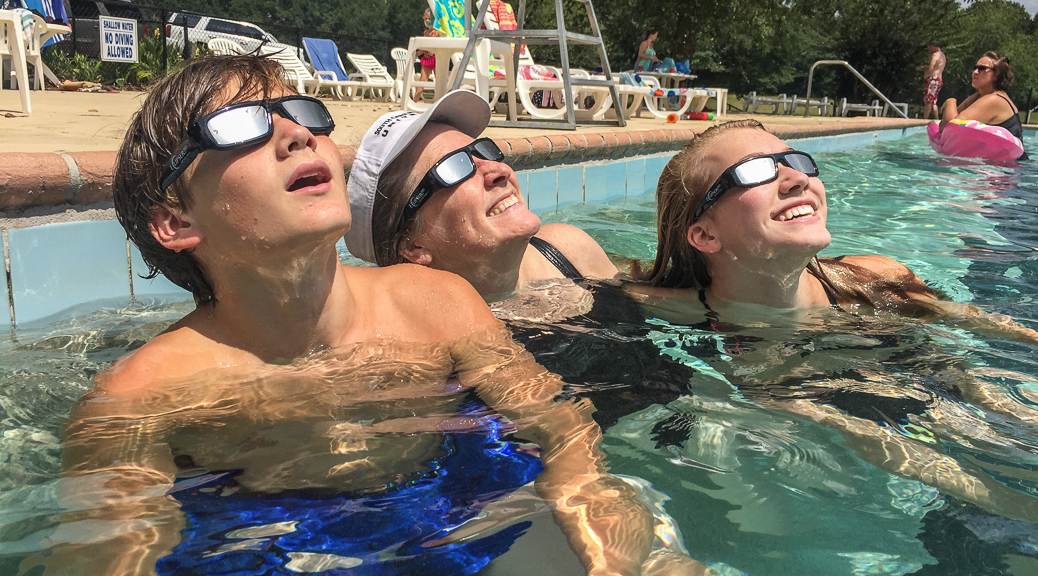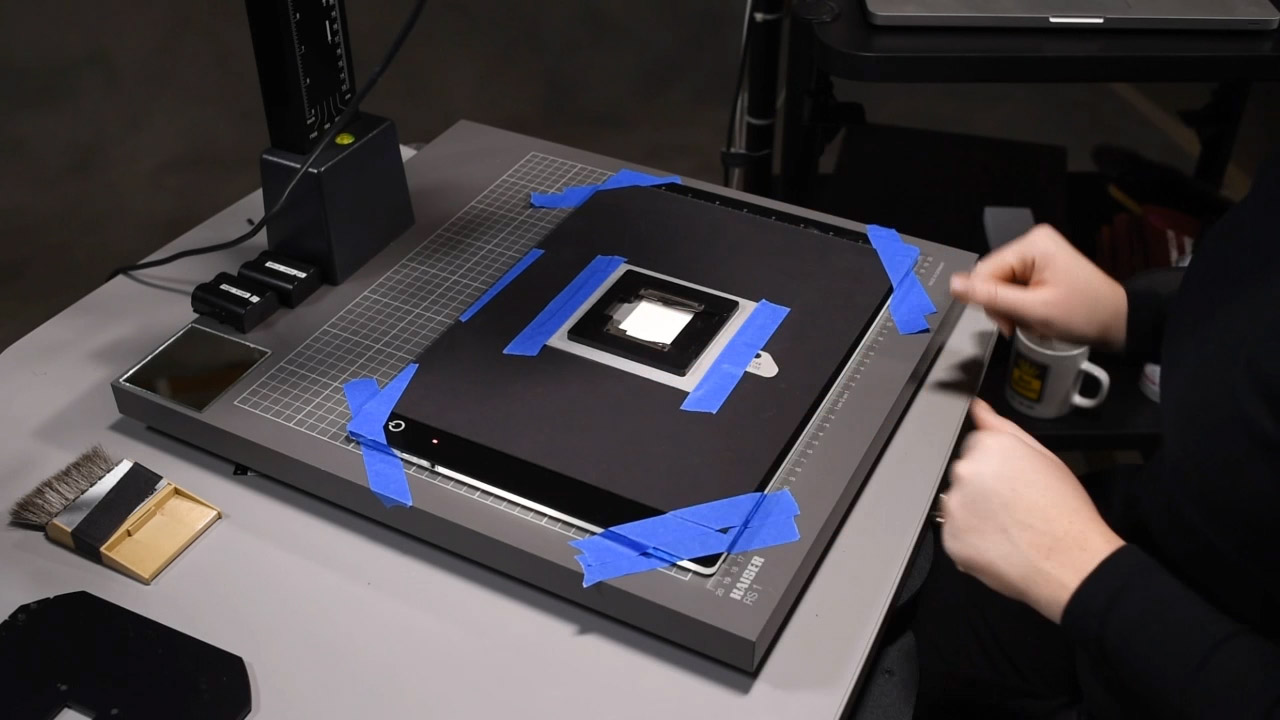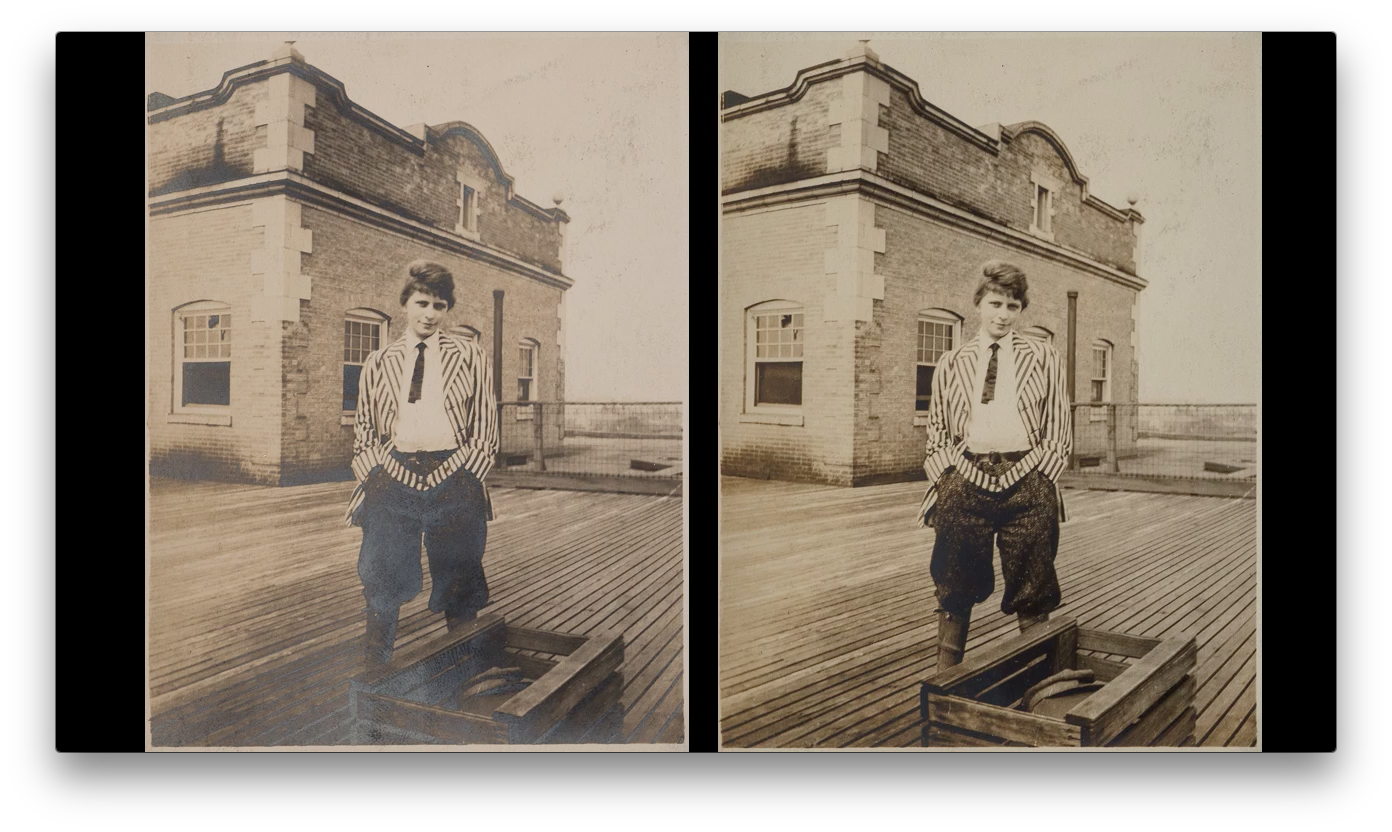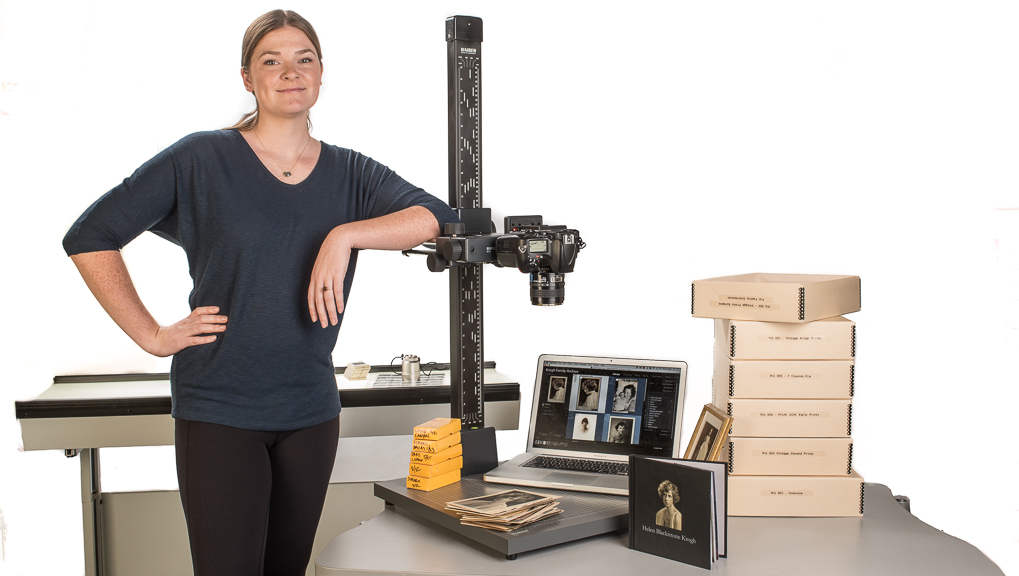Photographer’s Workshop – Replacing built in Battery for Quantum
As part of my recent repair and maintenance jag, here’s a video showing how to replace the dead batteries in an old Quantum Battery 1. Even though this is more
As part of my recent repair and maintenance jag, here’s a video showing how to replace the dead batteries in an old Quantum Battery 1. Even though this is more

These notes are prepared for the attendees of my talk at Henry Stewart DAM Europe summer 2019. In this talk I show how you can use Lightroom and the Anyvision
Last fall, I did a presentation at B&H on using your camera as a scanner, based on my book Digitizing Your Photos. The webinar proved a pretty detailed overview of
UPDATE: We have a limited number of these units for sale. Contact us at support@theDAMbook.com Comes with 220mm rail, slide/negative stage, arca-compatible camera mount Base Price $300 Longer rail

The easiest way to build a copy setup for film (slides, transparencies and negatives) is to lay a lightbox on the copy stand and then put a negative carrier on

This post kicks off a series of tips and techniques from Digitizing Your Photos. These posts will focus on a particular technique from the multimedia eBook, and include one of

We’re excited about the release of our new multimedia ebook, Digitizing Your Photos. It presents a comprehensive method for scanning photos with a digital camera, and managing the process with
UPDATE: The Webinar is full. I’m very happy to be bringing my Lightroom organizational philosophy of Store, Tag and Create to PhotoShelter’s popular webinar series tomorrow, Friday February 21st at
When people are faced with organizing their photos in Lightroom, they run into a question almost immediately. Which of the Library tools should they use? There are dedicated panels in
Last week I was on the Photoshop Show with Jan Kabili and Ron Clifford, talking about my new book, Organizing Your Photos with Lightroom 5. I run through a bunch
